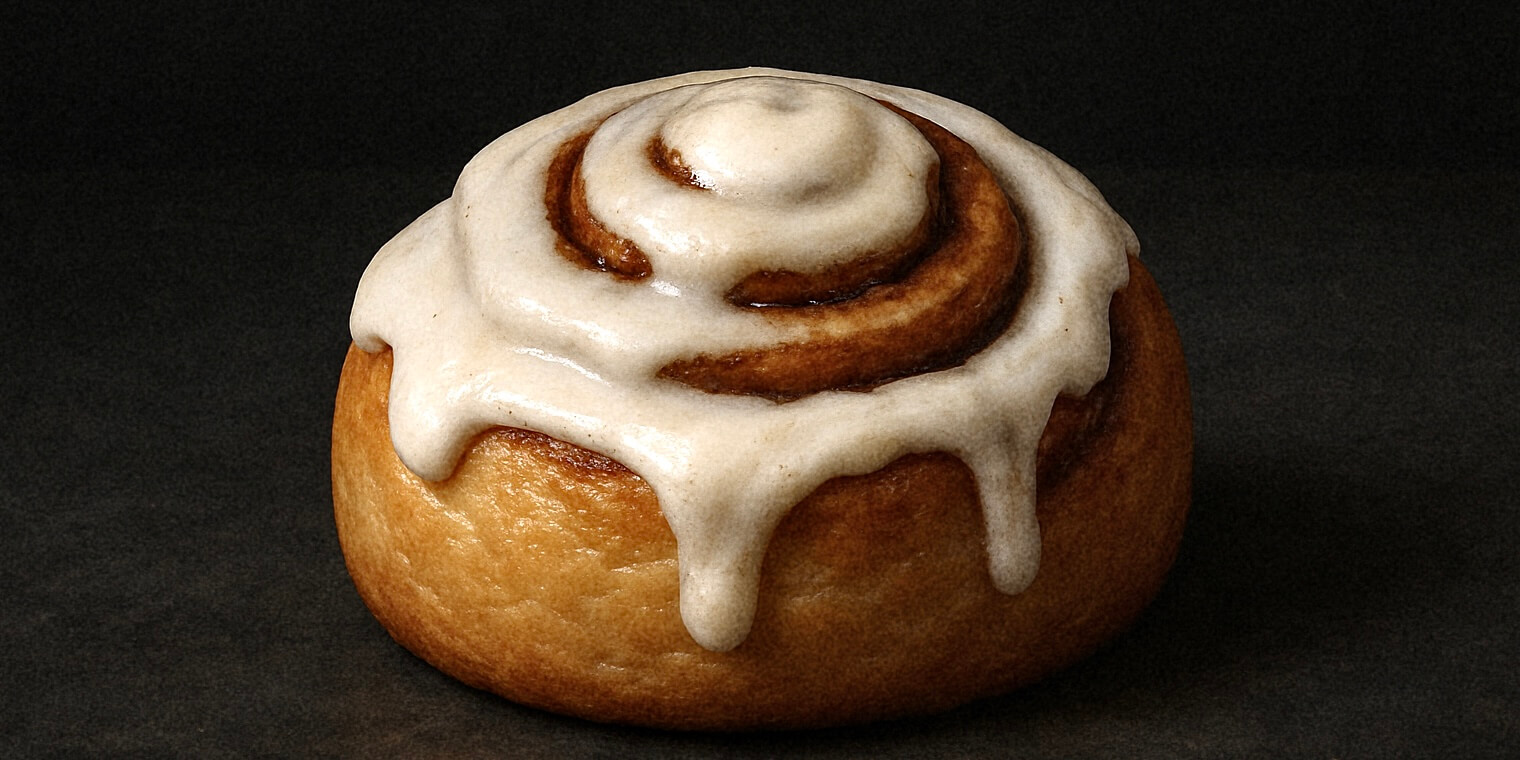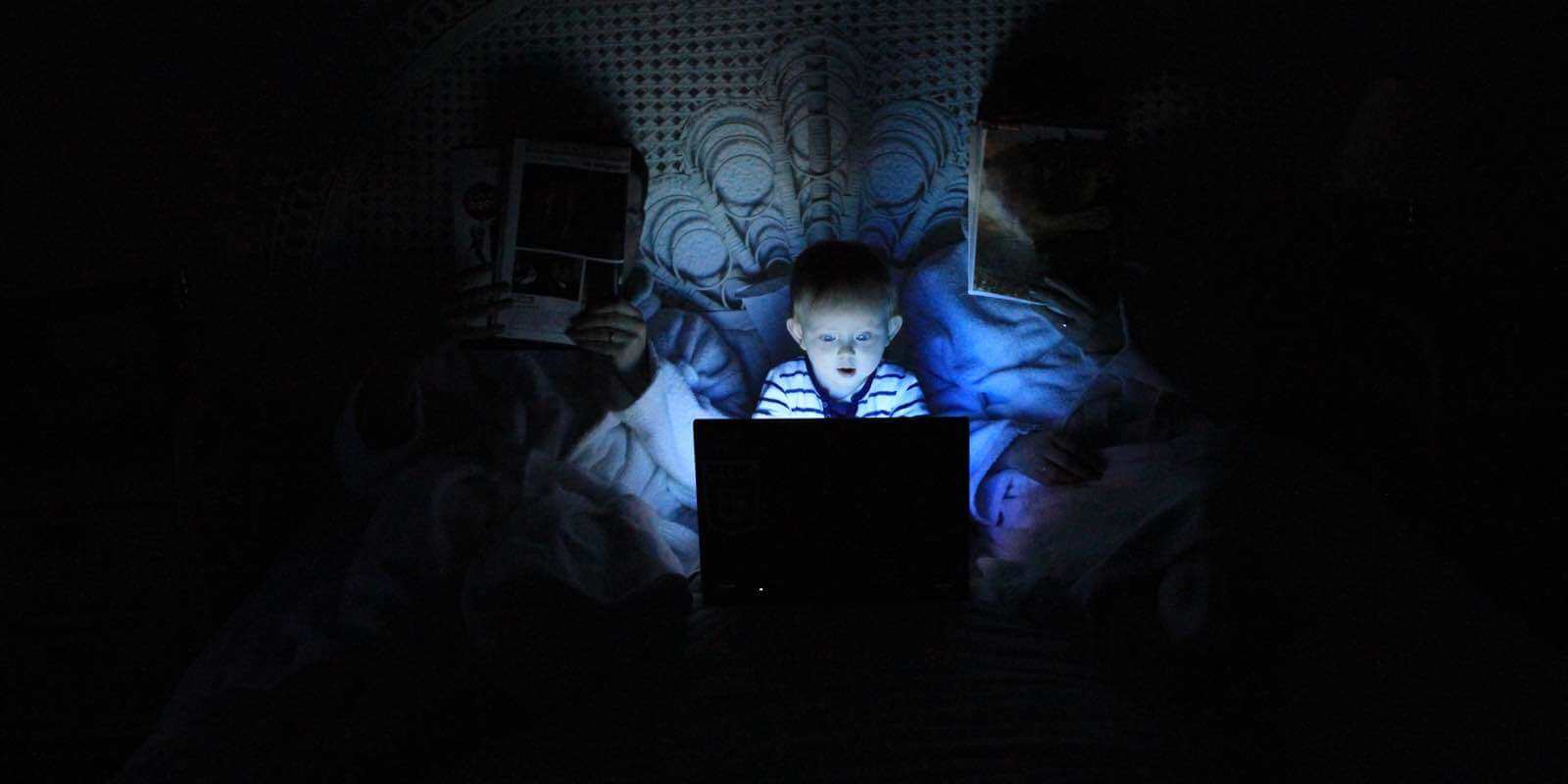Whenever someone new joins my newsletter, I send a note asking what their biggest struggle is right now.
Here’s what someone wrote back recently:
My biggest challenge is discipline. I give in to my cravings and I hate that about myself.
Now, the standard psychologist response to something like this would be to talk about the importance of self-compassion and not being so critical of yourself. And while I do believe self-compassion is important, I want to approach this challenge from a different angle.
Instead of just trying to be less judgmental and more compassionate with yourself after giving into a craving, I want to give you a new way of thinking about cravings—what they are, why they happen, and how you might be able to manage them more effectively.
The 3 Types of Craving
I’m writing this essay from an airport food court. And right across from me is a Cinnabon shop with the most delicious scents of warm cinnamon and sugar-covered desserts wafting over me.
Even though I had breakfast an hour ago, I find myself craving one of those obscenely large cinnamon buns. To be clear: I’m not actually hungry; my body has plenty of fuel. But I still find myself craving—wanting—one of those cinnamon rolls.
So what’s going on here?
The way I see it, there are at least three different types of wanting happening simultaneously:
- Survival Instinct. Because we humans evolved in a mostly calorie-scarce environment, our brains are adapted to want food even if we don’t need it. The Paleolithic logic goes something like: Because we might not get another meal for a while, those “unnecessary” calories might be the difference between dying and surviving, so we should “get it while the gettin’s good.” In other words, part of my craving is a survival instinct despite the fact that my survival isn’t even remotely at stake—an artifact of having an ancient brain in a modern environment.
- Classical Conditioning. As Pavlov and his dogs showed us over a hundred years ago, we can learn to want things regardless of whether there’s a good reason to or not. Normally, the sound of a bell has nothing to do with feeling hungry or saliva production. But if each time you get food, someone also rings a little bell, eventually you’ll learn to unconsciously associate the bell with food and start to feel “hungry” anytime you hear a bell. Most of modern advertising is built on this principle. So when I walk through an airport terminal, because I’ve had yummy food here in the past, my brain’s desire neurons start firing before I’ve even smelled those delicious cinnamon buns because they’ve learned to: By eating yummy food in airports in the past, I’ve taught my brain to want yummy food whenever I arrive in an airport. (Sidebar: The idea that desire can be taught—often unconsciously—is worth reflecting deeply on).
- Emotional Relief. Possibly because I was going through reader questions from my newsletter, I was in a fairly reflective and psychologically-oriented mood when I noticed myself craving one of those cinnamon rolls. As a result, I started wondering: Could this craving be doing something for me emotionally? I did a quick emotional check-in with myself. And while I wasn’t feeling any terribly strong emotions, I did notice a little bit of loneliness. I was on my way home from a good friend’s wedding where I got to see a bunch of old friends from grad school. It was so good seeing them that I was already missing them. Similarly, I was missing my wife and kids even though I’d only been gone a couple days. I wasn’t curled up in the fetal position whimpering and overwhelmed with loneliness—it was just a bit. But it got me thinking: On some level, the pleasure of a freshly-baked cinnamon role is a very convenient way to temporarily alleviate the pain of loneliness. So, with a little bit of functional analysis, I’d arrived at a third type of wanting: the desire for and pleasure of eating as emotional relief or distraction.
While potentially interesting, you’re probably thinking something to yourself like: Great, but how does this help me actually resist those unhelpful cravings?
In two ways, I think…
1. Awareness Short-Circuits Impulsivity
Any type of impulsive behavior—from a sarcastic comment aimed at your coworker to late-night snacking in response to an ice-cream craving—is highly-dependent on mindlessness.
Think about it:
- If you had to spend 10 minutes thinking carefully about all the possible repercussions of making that sarcastic comment to your coworker, would you still do it? Maybe, but your odds of holding back would definitely go up.
- If you had to slowly consider exactly how many calories are in that pint of Ben and Jerry’s, how long you’ll have to spend on the treadmill to burn that many calories, and how much late night snacking conflicts with your core value of health, would you still do it? Maybe, but your odds of success would definitely go up.
- If you had to spend 5 minutes doing a mindful breathwork exercise before drinking that second glass of wine at dinner, would you still do it? Maybe, but again, I bet your chances of successfully inhibiting that craving go way up.
The point is that taking even a very brief moment to hit the pause button and get curious about your craving is often enough awareness to short-circuit the craving and allow you to make a more values-aligned decision.
2. Put Your Cravings Out of a Job
Remember that the third type of wanting that often drives our cravings is emotional relief.
The desire for and pleasure of some type of instant gratification is often doing the work of addressing some emotional need inside of us:
- Drinking alcohol at parties helps alleviate our social anxiety.
- Smoking weed before bed helps alleviate our loneliness.
- Stress-eating junk food at lunch helps alleviate our frustration and resentment at work.
Well, if you can find other ways to address this emotional need, your brain doesn’t need that craving nearly as much—the end result being fewer cravings generally (all without having to rely on discipline).
Back to my cinnamon roll craving in the airport…
- I realized that at least some of my craving was based on a desire for connection and the alleviation of loneliness.
- So I sent a quick text to my wife, which had the small but meaningful effect of helping me feel a little more connected to her.
- Then I opened up my phone and looked through a handful of photos I had taken at the wedding, which similarly helped me feel a little more connected to my old friends—and as a result, a little less lonely.
- By the time I put my phone down, I noticed that my craving wasn’t as strong.
- It was still there, but it seemed to have lost a lot of its strength.
- At which point I decided to start writing a response to my reader’s question about craving rather than indulge my own cinnamon bun craving.
- Overall, a pretty good outcome!
Putting It All Together
Look, managing unhealthy cravings is just hard. We all experience unhealthy cravings and we all give into them sometimes. Welcome to being human.
Still, I think that at the margin we can all also get better at not giving into cravings when they conflict with our values.
And a pretty good way to do it is to practice:
- Get a little curious about your cravings. Try to reframe cravings as interesting instead of bad. Curiosity is often the fastest path to compassion.
- Addressing your emotions directly, rather than indirectly. The better you get at identifying your emotions and validating them, the easier it will be to respond to them in healthy, rather than unhealthy, ways.
More Resources
If you’d like to learn more from me about managing difficult emotions well, here are a few ways I can help:




